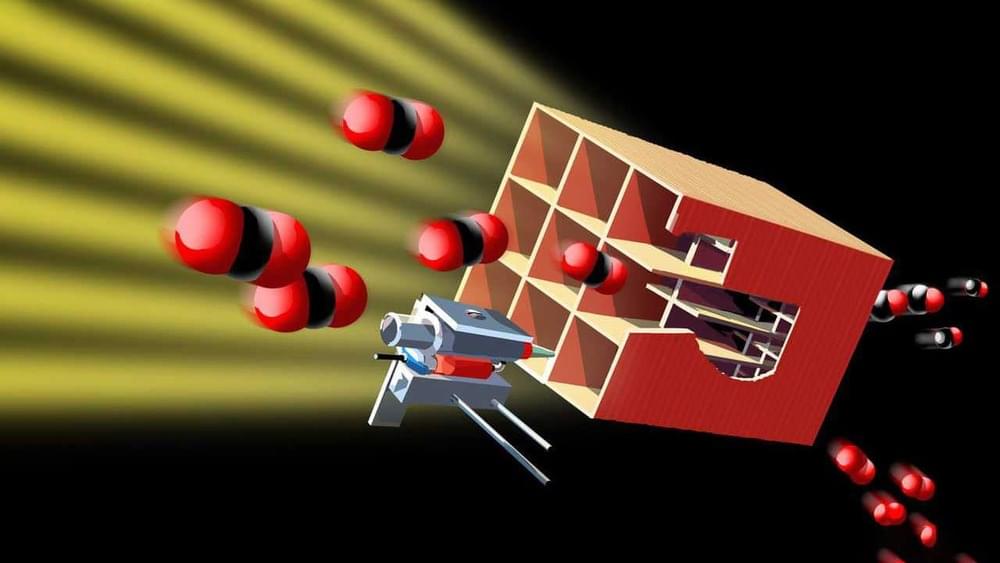Google has taken a significant step towards enhancing Chrome internet security by automatically upgrading insecure HTTP requests to HTTPS requests for 100% of users.
This feature is called HTTPS-Upgrades and will secure old links that utilize the http:// by automatically attempting to first connect to the URL over the encrypted https:// protocol.
A limited rollout of this feature in Google Chrome began in July, but as of October 16th, Google has now rolled it out to all users on the Stable channel.









